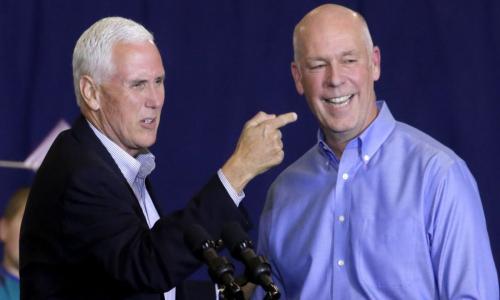The focus of investors in recent months has been upon the economic crisis in Europe as one country after another has seen its sovereign debt yield soar to unsustainable levels and their financial institutions crumble under the weight; Ireland, Portugal, Greece and most recently Spain have all required bailouts from the ECB. The necessity of further bailouts is feared, with Italy’s struggles looming large. The possessor of the world’s 8th largest GDP, Italy would likely require a bailout of unprecedented magnitude.
Lost amidst all of the European tumult is the dramatic economic slowdown being experienced in China, long thought invulnerable to the economic malaise so many other countries are suffering from. Predictions of 2nd quarter China GDP growth cluster around 7%. While this level of economic growth would be cause for widespread jubilation in both Europe and the United States, it stands in stark contrast to previous years of GDP growth and would represent the weakest quarter in three years and the sixth straight quarter of declining growth.
Given China’s response to recent poor economic data (the cutting of interest rates for the first time since the depths of the global economic crisis in 2008 and 2009) perhaps China should be of greater concern. A continuation of China’s economic slowdown will also have an effect upon the U.S. economy and domestic interest rates.
It is unclear if cutting Chinese interest rates will be sufficient to stop the deceleration of China's economy. The good news is that China has plenty of room for further interest rate cuts. The new benchmark one year lending rate is 6.31% and the deposit rate is at 3.25%.
There is the potential that lower interest rates in China will reduce savings and boost domestic consumption. Previous interest rate cuts led to large-scale real-estate specuation and the creation of what many perceive to be a property bubble. China has plenty of cash to spend and an nterest rate cut, it it results in more robust Chinese demand, could help stimluate the global economy. A quarter point cut in rates by the Chinese though is unlikely to have more than a marginal effect on the global economy.
For U.S. investors and depositors the more immediate concern is whether China’s economic slowdown and its interest rate cuts will have any impact on the U.S. economy and domestic interest rates. In spite of all time high U.S. Treasury prices, China recently increased their holdings of U.S. Treasuries, seeking a safe haven for their money. Already the United States’ largest creditor, China now holds over $1.1 trillion in Treasuries. The continuation of their policy of holding large amounts of U.S. assets is reassuring in the short term as it helps ensure that domestic U.S. interest rates will stay low. The size of their position long term, however, is of some concern as a further slowdown of their economy could lead to the liquidation of some portion of their holdings. While doomsayers have been prophesizing this event for years now, it has not happened as China uses its purchase of U.S. Treasuries to help with its currency peg. China and the U.S. are still symbiotically bound.
A Chinese slowdown would remove another engine of global growth and provide another headwind (albeit slight) to the U.S. economy. This is another factor in why deposit and mortgage rates will remain at record lows.













Add your Comment
or use your BestCashCow account